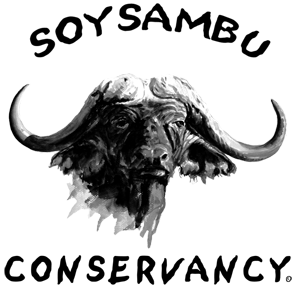The Kenya Wildlife Service on Saturday, September 15, 2012 hosted the 8th edition of Cycle with the Rhino event at Lake Nakuru National Park.
Cycle with the Rhino is an annual unique cycling fund-raising competition initiated by KWS whose main aim is to rehabilitate the 74km Lake Nakuru National Park perimeter electric fence which is key in mitigating human-wildlife conflict, providing a secure rhino breeding sanctuary and protecting Lake Nakuru National Park – an internationally renowned bird’s watcher’s paradise famous for its flamingos.
Proceeds from the event also go towards community conservation education and the implementation of community social responsibility projects initiated by KWS for communities living around the park.
The Guest of Honour at the event was the German Ambassador to Kenya, H.E Mrs. Margit Hell Wig-Botte. Others to grace the event were the KWS Director, Julius Kipng’etich and two-time world marathon record holder, Amb. Dr. Tecla Loroupe.
The event brought together stakeholders, sponsors, communities living around the park and the general public through a unique and thrilling cycling competition as they cycled through the dusty hills and valleys, crisscrossing the heart of Nakuru town and its environs before culminating in a lifetime experience of a tour and adventure of Lake Nakuru National Park.
THE DAY’S CHAMPIONS WERE;
ELITE CATEGORY
1. Davis Kinuthia
2. Husein Manfred
3. Paul Ariko
BODABODA CATEGORY
1. Fredrick Musiani
2. Dominic Ooko Ouna
3. George Mwangi
SENIORS CATEGORY
1. Keneth Kamau
2. Anthony Kiarie
3. Keneth Kamau
JUNIORS CATEGORY
1. Peter Gathere
2. Jarsey Ngugi
3. Keneth karaya
AMAETUR CATEGORY
1. Brian Wardrose
2. Mbuthia Peter
3. James Kimani
Shared from;
Community Education and Awareness Desk.
















